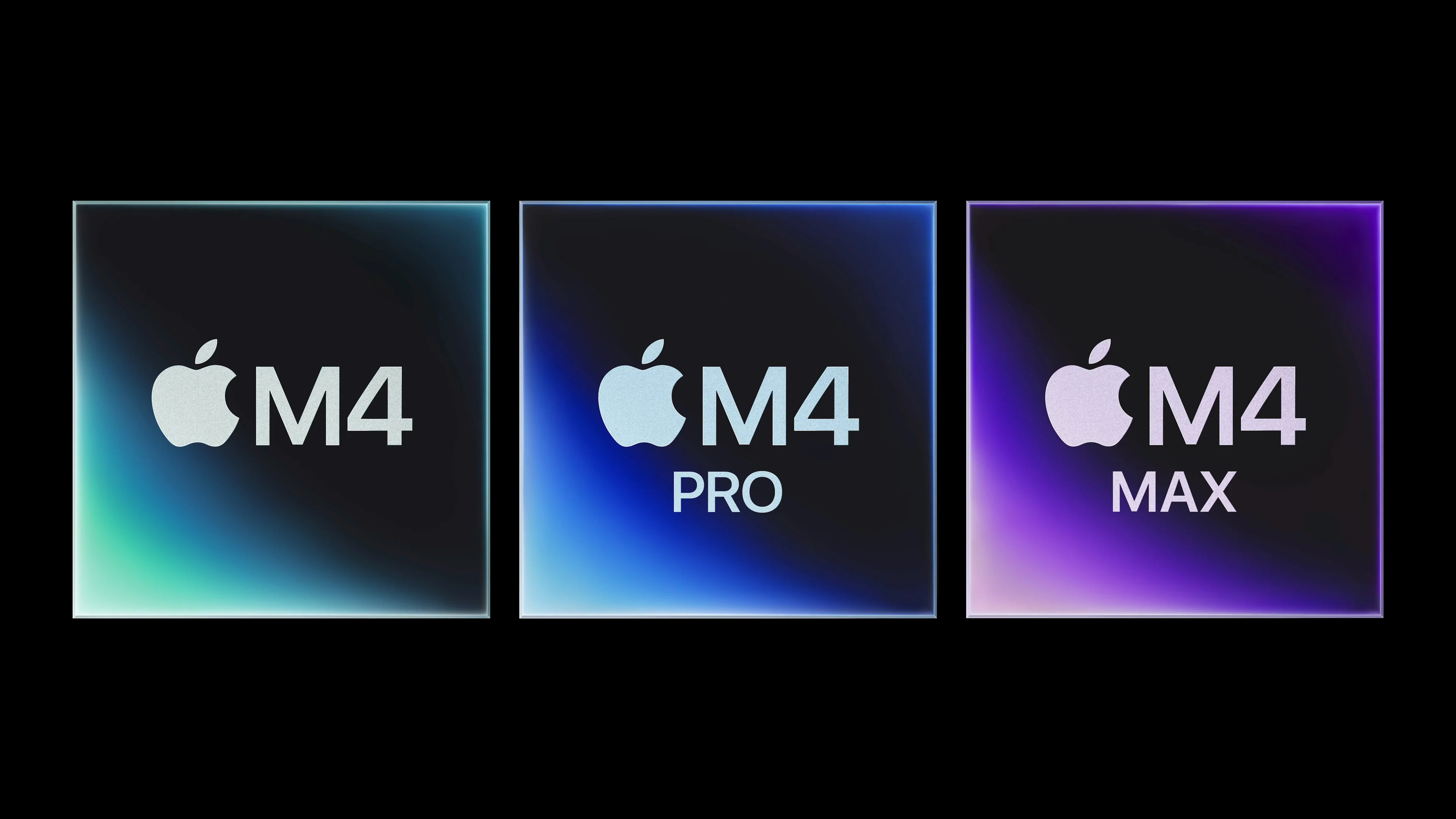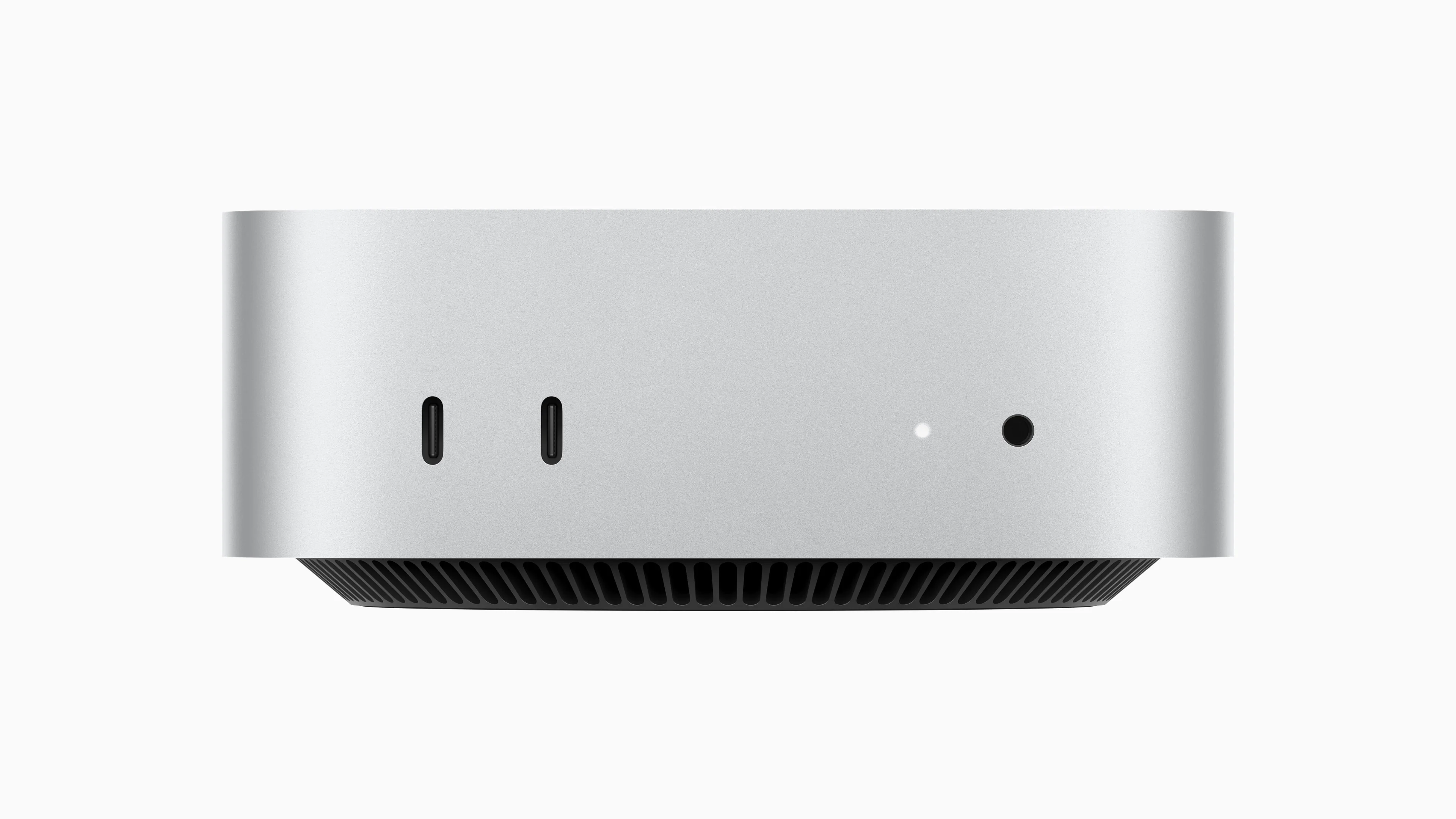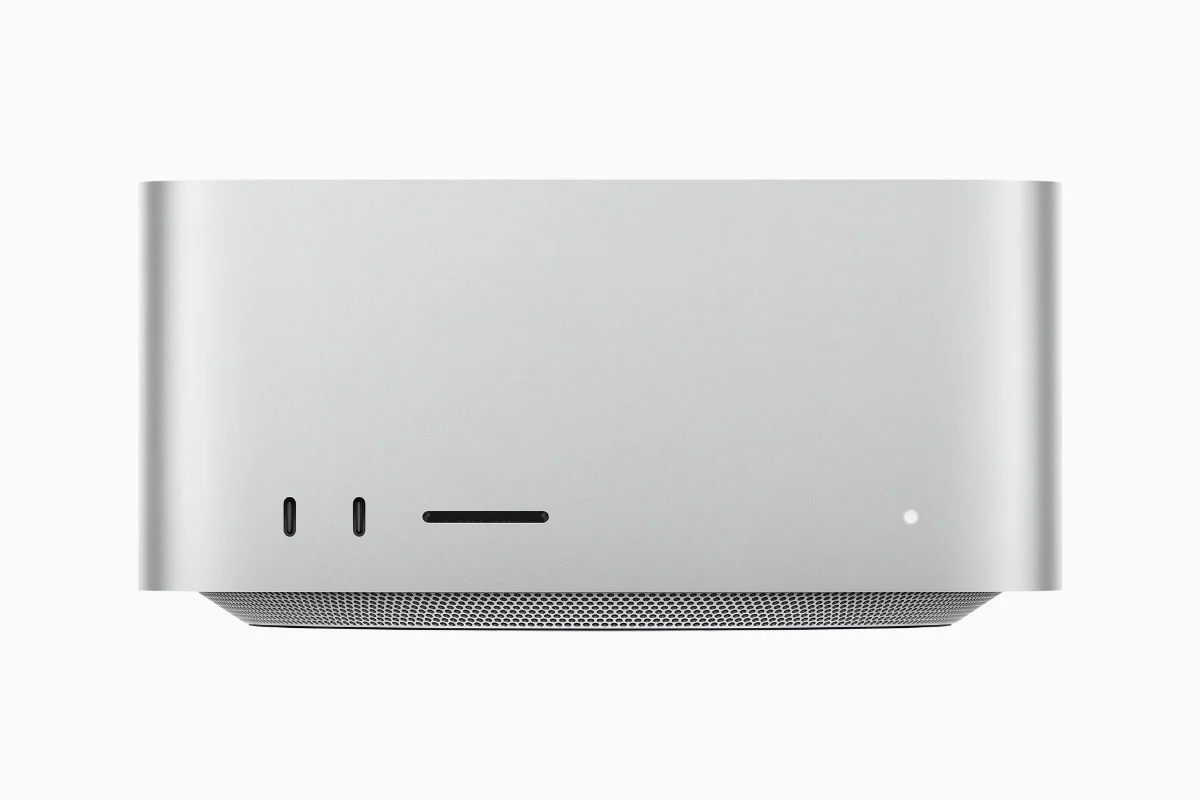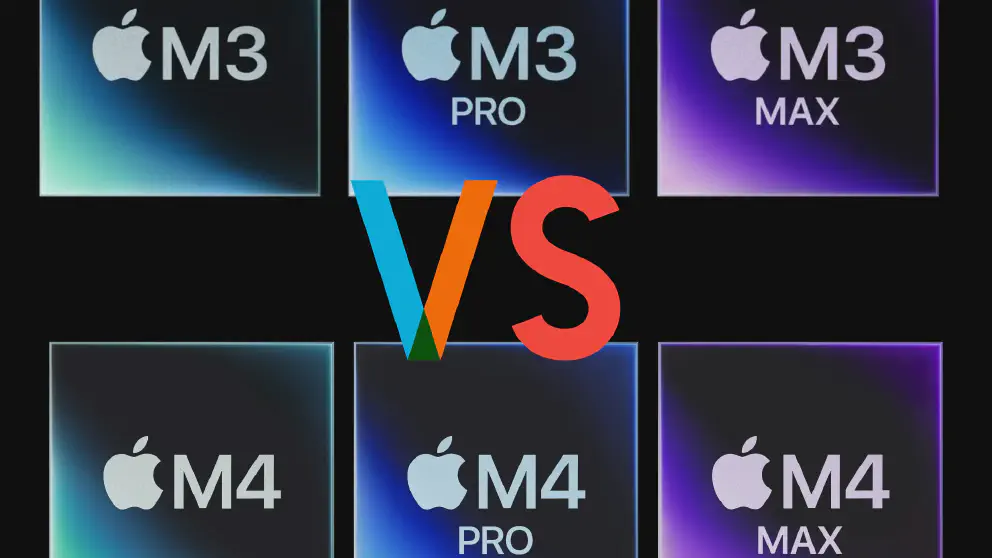In a Halloween event or October surprise, depending on who you ask, Apple updated their Mac lineup, just in time for the Christmas holiday shopping season. Instead of one big sweeping announcement, Apple drips new Mac over 3 days, praising the virtues of their new designs, processors, and more importantly for Apple, the new Apple Intelligence feature.
With the new M4 generation lying before us, how does it stack up against the previous generation and also the ultimate SOC in Apple’s lineup, the M2 Ultra?
M4 Improvements

In the October presentation, Apple has two major themes: the slew of Macs with updated internals and Apple Intelligence features, which was supposed to go live with the iPhone 16 launch but was delayed for over a month.
Here are some of the key improvements with the M4 generation of Apple Silicon:
- 2nd generation 3nm manufacturing process: The transistors on the M4 generation are the same as the previous generation, but yields have been fixed for this generation
- Thunderbolt 5 support: Thunderbolt 5 makes it debut on the M4 Pro and M4 Max chips. Thunderbolt 5 has three times the transfer speed of Thunderbolt 4. At 120GB/s transfer speed, it is more than adequate to handle 6K video at a higher refresh rate.
- Higher memory bandwidth: With bandwidth over 500GB/s on the M4 Max, it’s the highest bandwidth of any mobile chip on the market
- More performance cores on M4 Pro: The M3 Pro has around half of its cores on efficiency. 10 of the 12 M4 Pro CPU cores are performance cores.
- Higher memory support for M4 Pro: The M3 Pro can support upto 48GB of memory. M4 Pro can support 64GB of memory.
- Higher starting memory across the board: One of the major complaints of Mac is Apple only provides starting memory of 8GB, which forces a lot of users to spend $200 for a $20 upgrade. Thankfully because of Apple Intelligence, all Macs now have at least 16GB of memory.
The biggest improvement in this M4 generation is the M4 Pro. It has now more performance cores than ever to bring CPU performance far closer to the M4 Max than the M4. It also has higher memory support for those who need it. With 24GB starting memory, it is certainly good enough for a lot of professionals. And with a starting price of $1,399 on the Mac Mini, it’s a very good deal.
| M3/M4 | M3 Pro/M4 Pro | M3 Max/M4 Max | M2 Ultra | |
|---|---|---|---|---|
| Specs | ||||
| Construction | 3nm / 3nm 2nd generation | 5nm 2nd generation | ||
| Transistor count (billion) | 25 / 28 | 37 / ?? | 92 / ?? | 134+ |
| Total CPU Cores | 8 / 10 | 12 / 14 | 16 / 16 | 24 |
| Performance CPU cores | 4 / 4 | 6 / 10 | 8 / 12 | 20 |
| Efficiency CPU cores | 4 / 6 | 6 / 4 | 4 / 4 | 4 |
| GPU cores | 10 / 10 | 18 / 20 | 40 / 40 | 76 |
| Starting memory | 8 GB / 16 GB | 18 GB / 24 GB | 36GB / 36GB | 64GB |
| Max Memory support | 24 GB / 24 GB | 36GB / 64GB | 128GB / 128GB | 192GB |
| Memory bandwidth (GB/s) | 100 / 150 | 150 / 273 | 400 / 546 | 800 |
| Syntectic Benchmarks | ||||
| GeekBench 6 Single Core | 3125 / 3767 | 3152 / 3767 | 3125 / 4060 | 2689 |
| GeekBench 6 Multicore Core | 11863 / 14621 | 15619 / 22731* | 21045 / 26675 | 21450 |
| Cinebench 2024 Single Core | 137 / 174 | 142 / 174 | 141 / 174 | 126 |
| Cinebench 2024 Multi Core | 659 / 977 | 1059 / ?? | 1607 / ?? | 1918 |
| iGPU | 3550 / 4260 | 6390 / 8520 | 14200 / 17040 | 26980 |

No M4 Ultra ??

Apple didn’t update the Mac Studio and Mac Pro in this round, leaving them with the M2 Ultra which was introduced during WWDC 2023. According to Mark Gruman, a Bloomberg journalist who makes a living making predictions on Apple products, the M4 Ultra might show up in WWDC 2025 and will have twice performance of the M4 Max. That, however, remains to be seen.
Currently, the performance crown belongs to the M4 Max, which is crazy considering the chip is designed to fit in a 14-inch laptop with less than 100W of peak power consumption.
I think one of the reasons why Apple has been slow in upgrading its higher-end Mac offering is there is no motivation to do so except to be a halo product and fill a very niche market. I’m sure that Apple has more details sales data but every indication shows that most Macs that Apple sells are laptops, so obviously that is where the concentration of effort will be.
Another detail of the sales data would be the configured specs on the Mac that are being ordered, so I would think that they see 90% of users do not need more than 64GB of memory to get things done. While having a Mac that can have 1TB of memory, and 100TB of storage is nice, those things are exactly in demand or flying off the shelves unfortunately.
Conclusion
Without a doubt, this is the strongest showing of Apple Silicon and reaffirms Apple’s decision to ditch Intel in favor of following its path. The M4 generation is ready to take on competitors in 2025. We are also excited about what their competitors, namely Intel and Qualcomm have to offer in this space.
Plug
Support this free website by visiting my Amazon affiliate links. Any purchase you make will give me a cut without any extra cost to you
| Base | Pro | |
|---|---|---|
| iPhones | iPhone 16 / iPhone 16 Plus - (Amazon) | iPhone 17 Pro / iPhone 17 Pro Max - (Amazon) |
| iPhone Accessories | Find them at Amazon | |
| Watch | Apple Watch SE (Amazon) / Apple Watch Series 11 | Apple Watch Ultra 3 (Amazon) |
| AirPods | AirPods 4 (Amazon) | AirPods Pro 3 (Amazon) / AirPods Max (Amazon) |
| iPad | iPad 10 (Amazon) / iPad Mini (Amazon) | iPad Air M3 (Amazon) / iPad Pro M5 (Amazon) |
| Laptops | MacBook Air M3 (Amazon) | MacBook Pro M5 (Amazon) / MacBook Pro M4 Pro/ M4 Max (Amazon) |
| Desktop | Mac Mini M4 / M4 Pro (Amazon) / iMac M4 (Amazon) | Mac Studio / Mac Pro |
| Displays | Studio Display (Amazon) | Pro Display XDR (Amazon) |
Other Ecosystem Items
